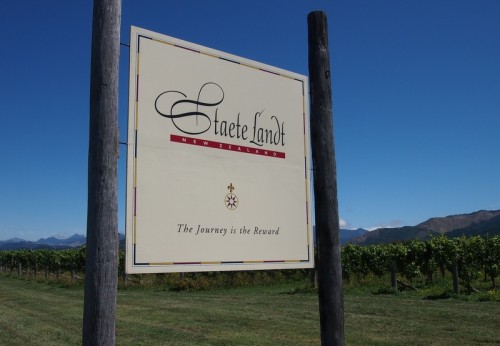
Leaving Waipara behind, after an all-too-short sleep, it was time to head to Blenheim on a 19-seat Beechcraft. I had the best part of three days in this, New Zealand’s largest wine region. My goal was to visit a mix of small, medium and large producers.
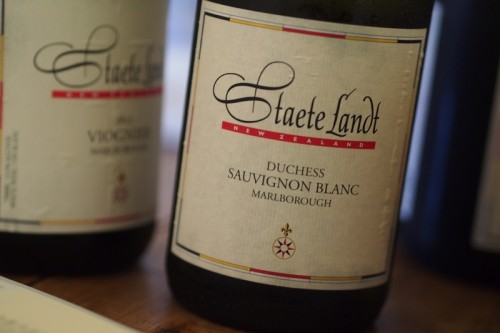
I began small (by Marlborough standards, at least), visiting Ruud Maasdam at Staete Landt. I spent some time with Ruud in Canada last summer so it was great to be able to visit his family property, a 52 hectare vineyard on the Rapaura Road that used to be an orchard.
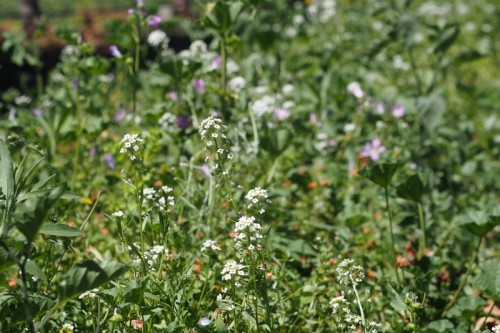
Before planting any vines, Ruud hired soil scientist Keith Vincent to survey the property. There’s quite a bit of variation: this led to a careful matching of soil type to variety, and there are 17 different irrigation blocks, with flow adjusted to match the drainage properties of the soil.
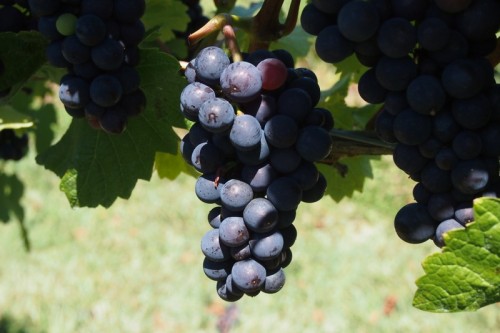
The 2014 vintage in Marlborough is likely to be an early one, currently running about two weeks ahead. And potential crops are very large at all, which requires aggressive crop thinning on the part of growers (Sauvignon without thinning could lead to yields in excess of 30 tons/hectare this year, depending obviously on site). Ruud’s Pinot is already pretty much through veraison, and he’s working hard getting the undervine area prepared (he’s largely organic, so this means cultivation) so he can get nets on.
We tasted through the wines, and I was impressed. The Annabel Sauvignon Blanc 2013 is really refined, and a little un-Marlborough in that it has lots of hand-picked fruit, and a third is fermented in foudres and old barrels. The Dry Riesling 2010 is equally impressive with a zippy, mineral personality. Pinot Gris is serious and textured, and the highlights of the whites are the amazingly funky, crazy Duchess Sauvignon Blanc 2009, and the Condrieu-like Viognier 2012. Alas these two are made in small quantities, but all the whites are of a really high standard. For the reds, both the Paladin Pinot Noir 2010 and the Arie Syrah 2010 are serious wines.

After tasting, we headed to Ruud’s home in the Waihopai, where we had a bit of lunch and a chance to swim in the Waihopai River, which, on a hot summer afternoon was very welcome.
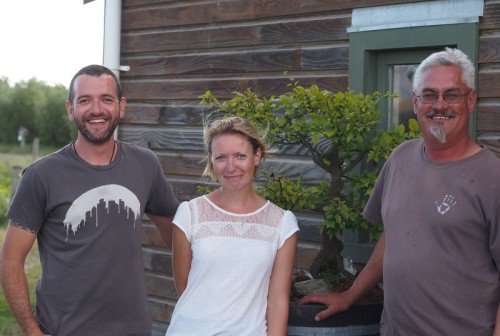
Then I was off to Seresin. I’ve been a fan of the Seresin wines for a while now, but it was my first visit to this biodynamic estate owned by famous movie DP (Director of Photography) Michael Seresin. I began with a tour round the vineyard with estate manager Colin Ross. It’s not very Marlborough-like: the vines have quite small canopies and are trellised on a permanent cordon, and the emphasis here is on encouraging life in the vineyard. Then it was time for a full range tasting, along with winemaker Clive Dougall and marketing manager Kat Wiggins, followed by a barbie.
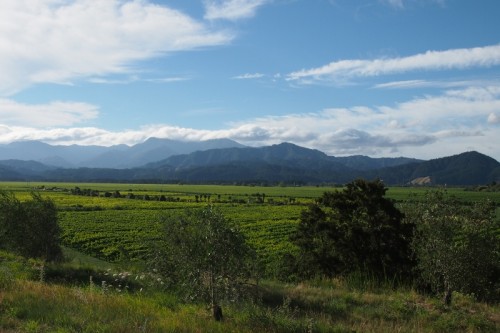


The wines here are all excellent, but I’m particularly taken by the series of six Pinots released each year: Leah, Home, Raupo, Tatou, Rachel and Sun and Moon. We tried the 2010s, with my preferences being Leah, Rachel and Sun and Moon.
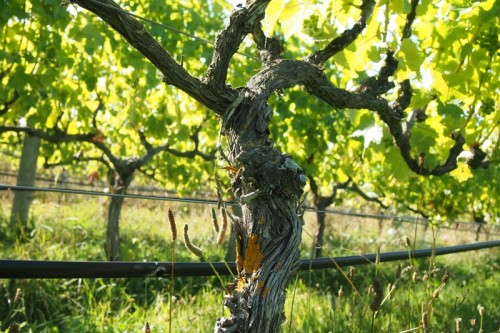
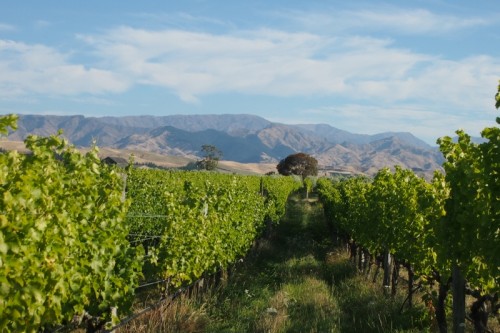
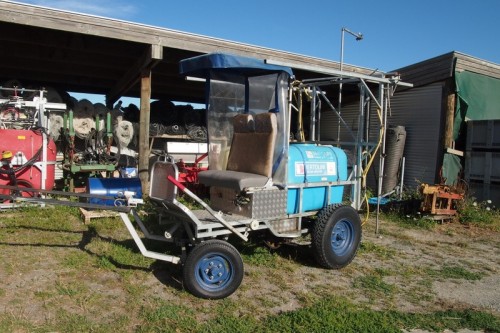
Of great interest, though, is the new pair of wines: OSIP. As yet these are experimental, made with vines that haven’t been treated at all (no sulphur even), and made without any added sulphur dioxide. We tried the 2011 of each, and then the 2012 fresh and the 2012 opened a day earlier. The Sauvignon is a more intellectual wine; the Pinot more hedonistic. Both are quite beautiful.


Then it was off to Dodsons for some Renaissance beer.
Leave a Comment on The Marlborough wine region, day 1